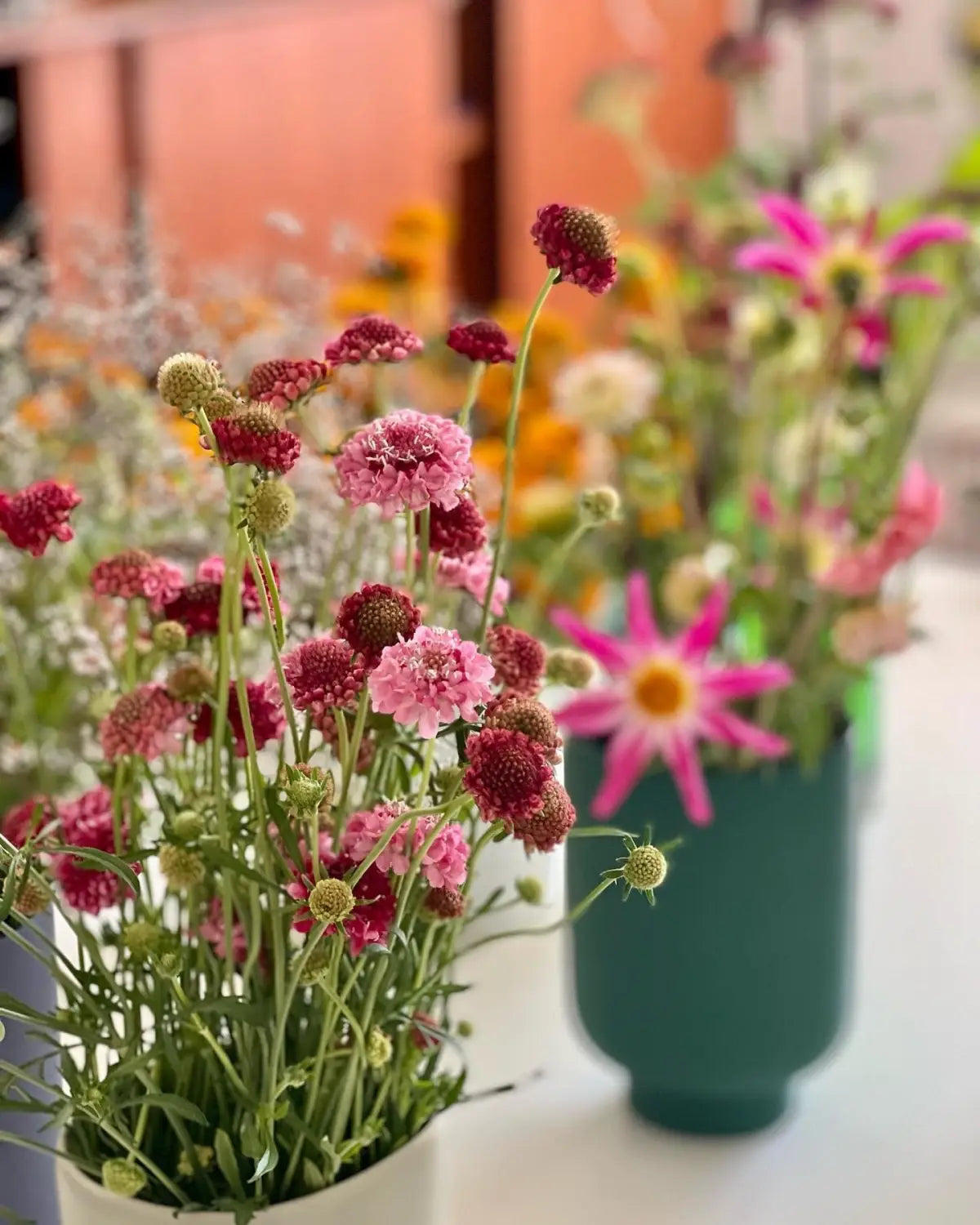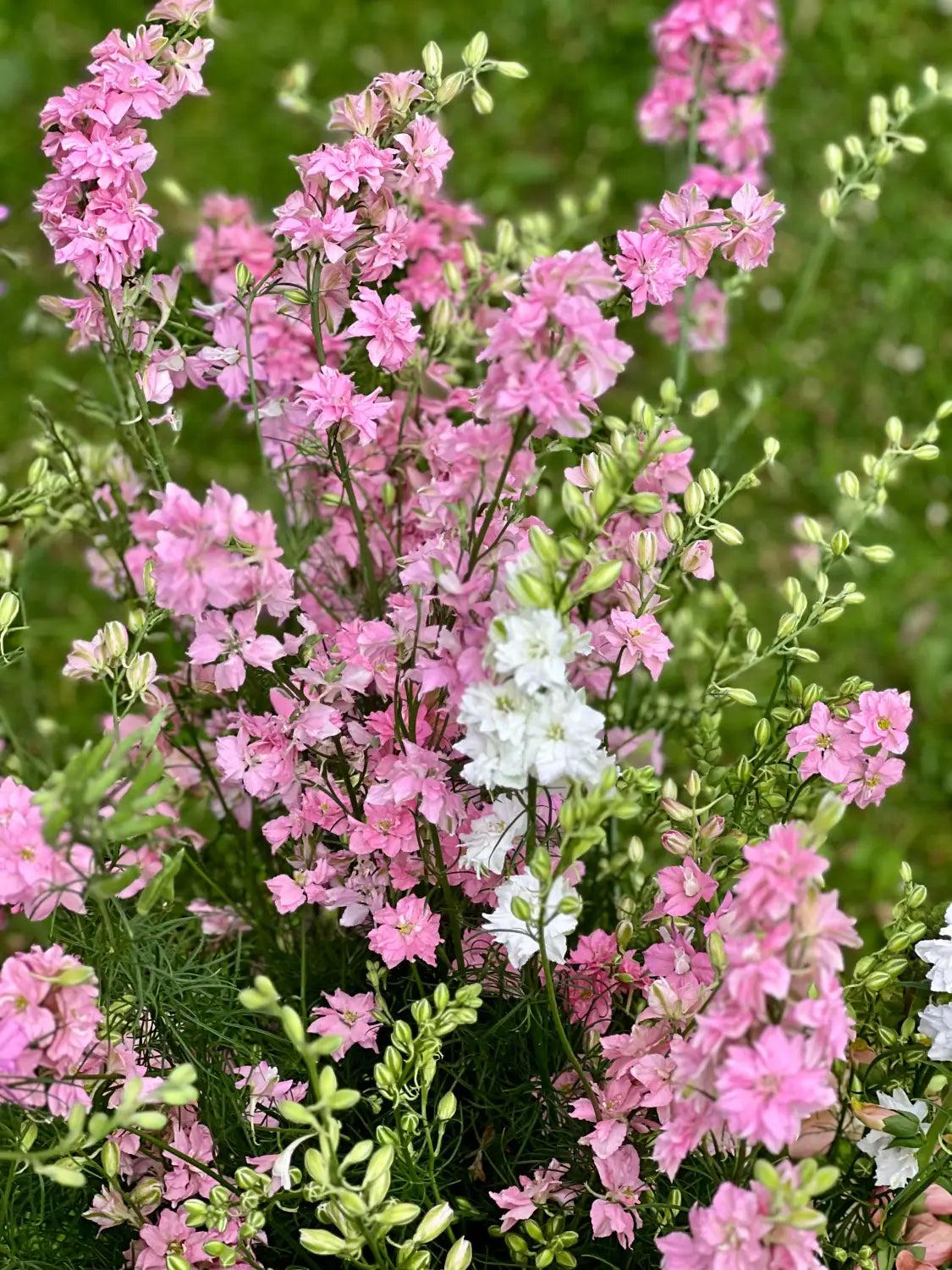
Unlock the Power of Dark Germination: Discover the Secrets of Seeds That Thrive in the Shadows
Share
As a passionate seed enthusiast, I am always on the lookout for new and exciting ways to cultivate the most vibrant and resilient flower varieties. One of the fascinating aspects I have been exploring recently is the concept of "dark germinating seeds"—flower seeds that actually prefer darkness over light when they begin to sprout and take root.
The Science Behind Dark Germination
While many seeds thrive in the presence of light, some varieties germinate more effectively in complete darkness. This occurs because these seeds have evolved to respond to specific environmental signals, and the absence of light is one of the key triggers that prompts them to begin germination.
Certain seeds are particularly sensitive to specific light wavelengths, such as red and far-red light, which can slow down or even inhibit their germination. By keeping these seeds in darkness, they do not receive the light signals that would otherwise make them "wait" before sprouting. As a result, darkness encourages a faster and more uniform germination process.
Secrets of Dark Germination
Successfully utilizing the dark germination method requires a different approach than traditional seed sowing. Here are some key tips to achieve the best results:
Sowing Depth
Dark-germinating seeds grow best when lightly covered with a thin layer of soil—about 3 mm. This ensures that seedlings reach the surface quickly without expending too much energy.
Soil Preparation
To create the perfect environment for germination, use a well-aerated growing medium, such as a mix of compost and vermiculite. This provides both essential nutrients and the right balance of moisture and air circulation for strong root development.
Creating a Dark Environment
To shield the seeds from light, cover the seed trays with a dark material like cardboard or fabric. This ensures the necessary darkness that promotes successful germination.
Monitoring and Timely Light Exposure
Regularly check on the seeds, as prolonged darkness can lead to weak, leggy seedlings. As soon as the first sprouts appear, remove the cover and expose the seedlings to light, allowing them to develop healthily and grow strong.

Flower Varieties That Germinate Best in Darkness
Larkspur | Delphinium consolida
Larkspur is a beloved cottage garden favorite, known for its tall, majestic flower spikes adorned with delicate blossoms. These seeds thrive in darkness, as the lack of light promotes rapid root establishment and early growth.
Sweet Scabious | Scabiosa atropurpurea
Scabious is a charming flower with beautiful, button-like blooms that attract pollinators. These seeds respond particularly well to dark germination, often sprouting faster and more vigorously when kept in darkness.
Chinese Forget-me-not | Cynoglossum amabile
Also known as Chinese Hound's Tongue, this delightful annual produces small clusters of forget-me-not-like flowers. Dark germination helps these seeds develop a strong root system before emerging into the light.
Annual Phlox | Phlox drummondii
A vibrant, low-growing plant that adds brilliant color to gardens, annual phlox seeds benefit from dark germination, as light deprivation promotes their initial development.
Sweet Pea | Lathyrus odoratus
No garden is complete without the fragrant and charming sweet pea. These climbing plants are another excellent example of dark-germinating seeds, as their large seed size provides enough stored energy to support early growth in complete darkness.

Unlocking the Potential of Dark-Germinating Seeds
By harnessing the power of dark germination, you can unlock a whole new world of possibilities in your garden. Experimenting with these techniques allows you to cultivate stronger, healthier plants and enjoy the beauty of flowers that thrive under unique growing conditions.









